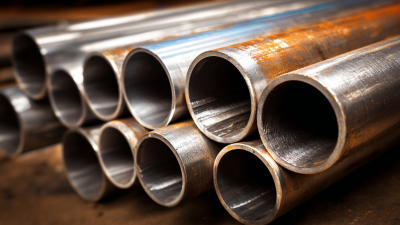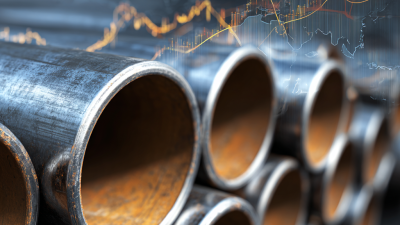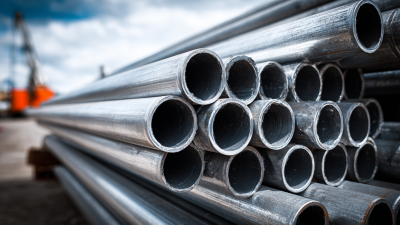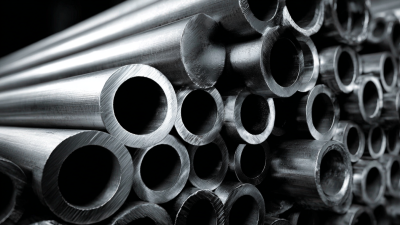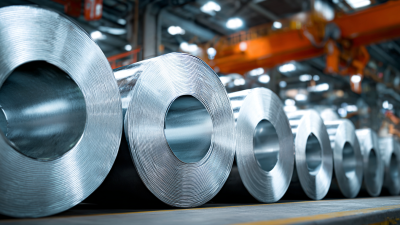When embarking on a project that requires the use of stainless steel pipes, making the right choice can significantly impact both the performance and longevity of your system. With a wide variety of stainless steel pipe options available on the market, it’s essential to understand the specific requirements of your project before making a selection. Factors such as diameter, wall thickness, grade of stainless steel, and application environment all play crucial roles in determining the most suitable type.
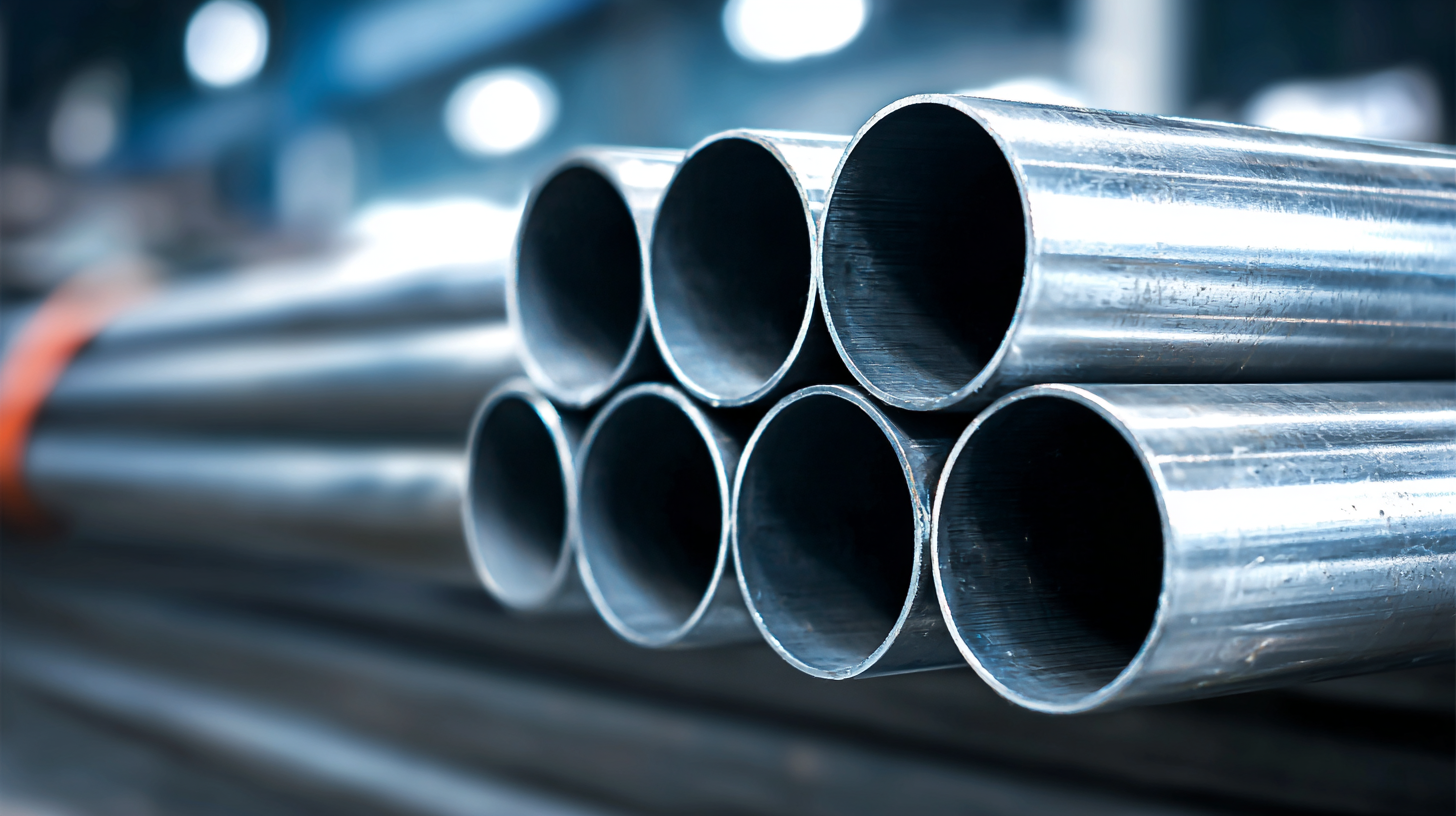
This guide aims to simplify the decision-making process by outlining key considerations and providing practical tips that will empower you to choose the right stainless steel pipe for your needs. Whether you are working on residential plumbing, industrial applications, or specialized systems, this information will help ensure that your choice meets both safety standards and functional requirements, ultimately leading to a successful project outcome.
When selecting the appropriate stainless steel pipe for your project, it’s essential to understand the various types available and their specific applications. Among the most common types are austenitic, ferritic, and martensitic stainless steel pipes. Austenitic pipes, characterized by their high corrosion resistance and excellent welding properties, are widely used in food processing, chemical industries, and marine environments. Their versatility makes them a popular choice for both residential and industrial applications.
Ferritic stainless steel pipes, on the other hand, offer good resistance to stress corrosion cracking and are typically used in automotive applications and as parts in appliances. While they have lower ductility, they can perform well in high-temperature environments. Lastly, martensitic stainless steel pipes are known for their high strength and hardness, making them suitable for applications requiring high-pressure resistance, such as in oil and gas industries. Understanding these distinctions will help you make informed decisions based on the specific requirements of your project.
Choosing the right stainless steel pipe for your project requires a comprehensive understanding of various factors, particularly the stainless steel grades available. One of the key considerations is the environmental conditions to which the piping will be exposed. For instance, recent studies have highlighted the performance of stainless steel grades 304 and 316 in power plant heat exchangers. Although these grades are commonly selected due to their general corrosion resistance, the chloride levels in the environment can significantly impact their performance. A systematic investigation reveals that elevated chloride levels can exacerbate pitting corrosion, making it crucial to evaluate the specific conditions of your application.
When selecting a stainless steel pipe, it’s imperative to consider the mechanical properties and potential stressors, particularly when dealing with hydraulic applications. Advanced alloying techniques and alternative annealing processes have been developed to enhance the performance of stainless steel tubing used in hydraulic cylinders. This is supported by market reports indicating a growing demand for duplex stainless steel pipes, projected to reach a valuation of USD 775.3 million by 2030 as industries seek materials that offer superior corrosion resistance and mechanical strength.
**Tips:** Always refer to ASME B31.3 standards for industrial piping systems to ensure safety and performance. When in doubt, utilizing a stainless steel selection tool specifically designed for water applications can help you accurately assess the potential for pitting and other corrosion issues based on chloride levels and temperature.
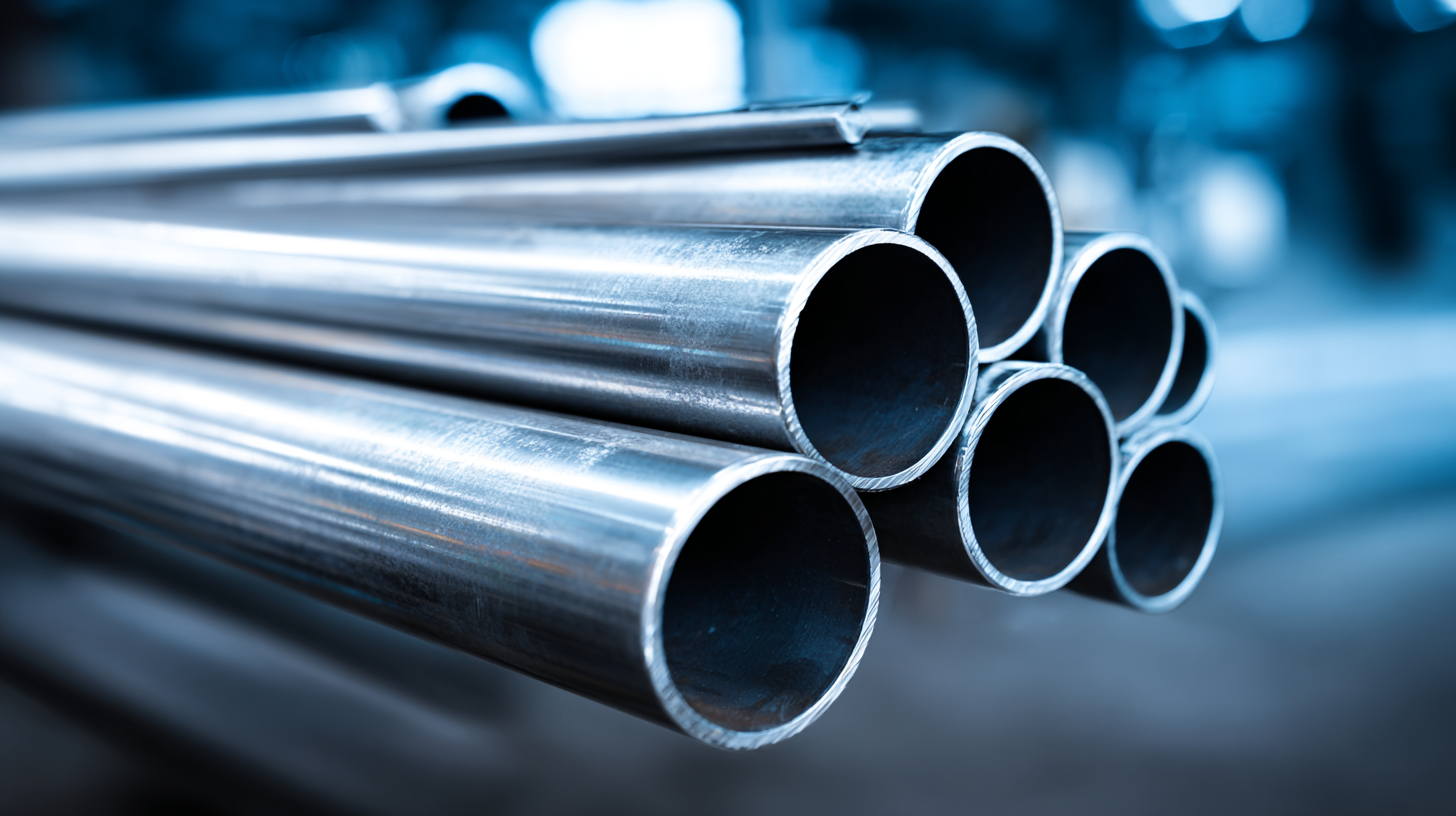
When selecting the right stainless steel pipe for your project, understanding the impact of pipe diameter and wall thickness is crucial. The diameter of a pipe directly influences not only the flow capacity but also the pressure drop across the system. Larger diameters can facilitate higher flow rates, which may be vital for applications requiring significant fluid transport. However, this increase can lead to necessitating thicker walls to maintain structural integrity under varying pressures.
Moreover, wall thickness plays a critical role in energy efficiency and mechanical performance. Thicker walls can enhance durability and resistance to deformation, particularly under dynamic loads. For instance, recent studies have highlighted the advantages of enhanced wall thickness in various structural applications, such as reinforced concrete composite systems, by improving their impact resistance. Additionally, employing materials like polyamide structures or utilizing drag-reducing additives can optimize fluid dynamics in pressurized systems, further emphasizing the importance of choosing the correct pipe specifications to meet specific project needs.
When selecting stainless steel pipes for specific project needs, evaluating their corrosion resistance and temperature tolerance is paramount. Corrosion resistance is inherently linked to the composition of the stainless steel, with elements such as molybdenum playing a significant role in enhancing localized corrosion resistance. Recent studies have demonstrated that minor adjustments in molybdenum content can significantly affect the electrochemical stability and the overall resistance of austenitic stainless steels in corrosive environments. This insight is crucial for applications involving fluids that may contain chlorides or other corrosive agents.
Temperature tolerance is another critical factor that must be considered, particularly in industries subjected to extreme conditions. Investigations into the effects of annealing temperature on super austenitic steels reveal how heat treatment can influence localized corrosion behavior. Additionally, understanding the interplay between temperature fluctuations and mechanical strength is essential; the behavior of materials like duplex stainless steels can vary significantly under different thermal conditions. Properly addressing these factors ensures the optimal performance of stainless steel pipes in demanding environments.
| Pipe Type | Corrosion Resistance | Maximum Temperature (°C) | Common Applications |
|---|---|---|---|
| 304 Stainless Steel | Good | 870 | Food processing, chemical storage |
| 316 Stainless Steel | Excellent | 925 | Marine environments, pharmaceuticals |
| Duplex Stainless Steel | Very Good | 600 | Oil and gas, structural applications |
| 430 Stainless Steel | Moderate | 815 | Automotive applications, kitchenware |
When selecting stainless steel pipes for a project, cost analysis and lifecycle considerations play a crucial role in decision-making. The initial cost of stainless steel pipes can be higher than alternatives like PVC or carbon steel; however, it is essential to assess the long-term financial implications.
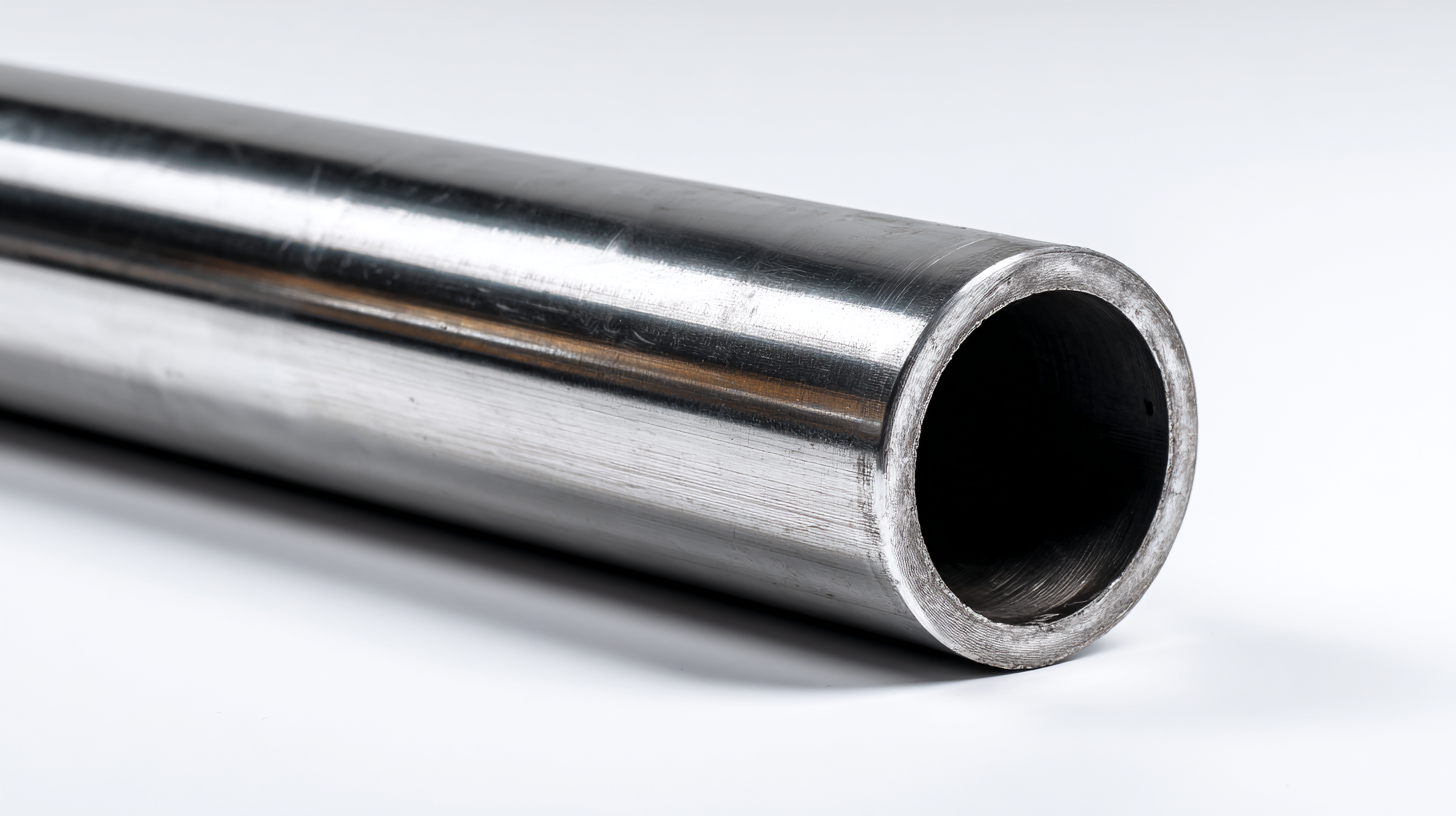 Stainless steel's resistance to corrosion and its durability can lead to lower maintenance costs and reduced replacement frequency, ultimately offering better value over time.
Stainless steel's resistance to corrosion and its durability can lead to lower maintenance costs and reduced replacement frequency, ultimately offering better value over time.
Lifecycle considerations extend beyond just the economic factors. The environmental impact of materials used, energy consumed during production, and the potential for recycling at the end of their use are all important. Stainless steel pipes are highly recyclable, which contributes to sustainability efforts and can further offset costs associated with raw material acquisition. By carefully evaluating both the upfront costs and long-term benefits, project managers can make informed choices that align with both budgetary and environmental goals.
